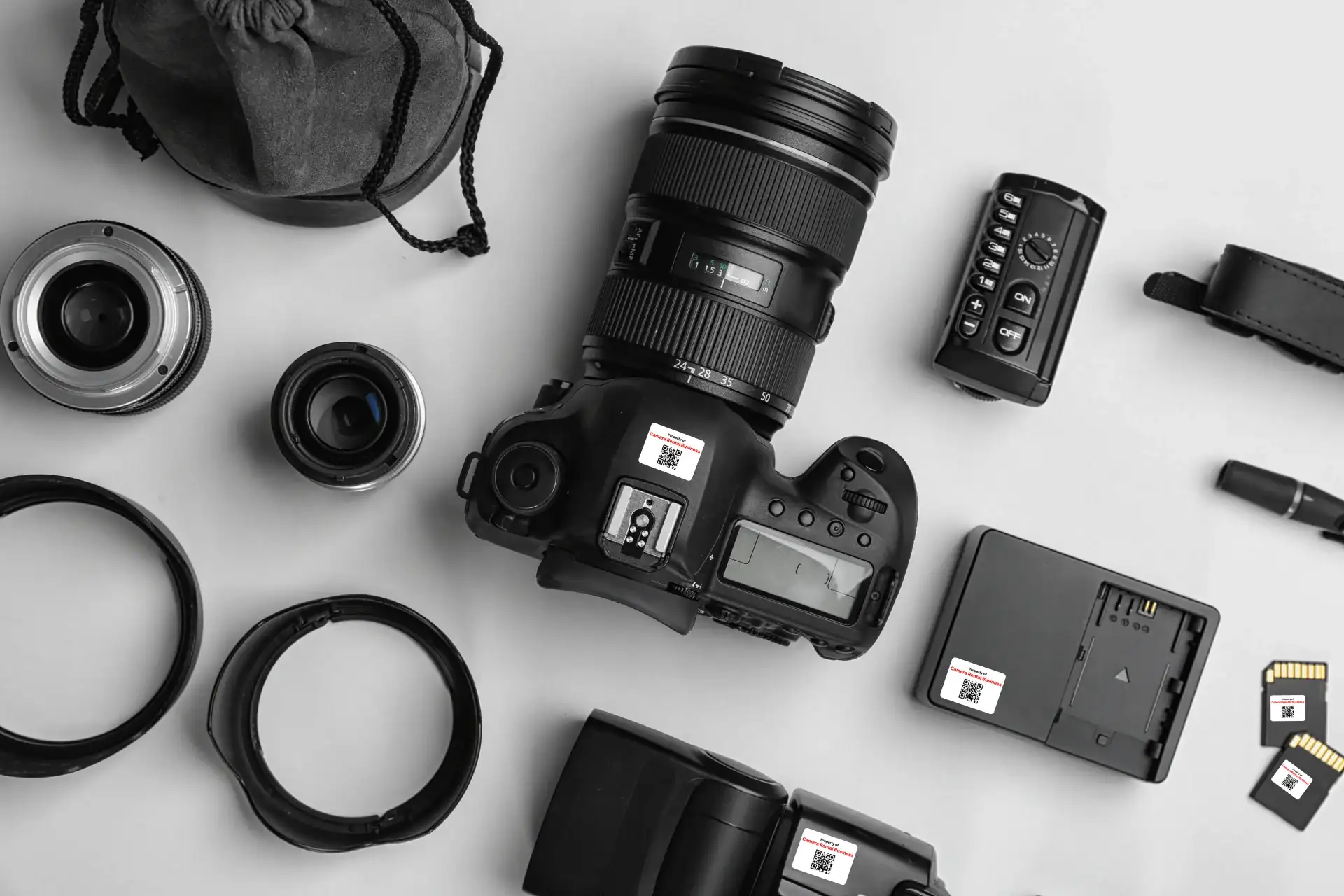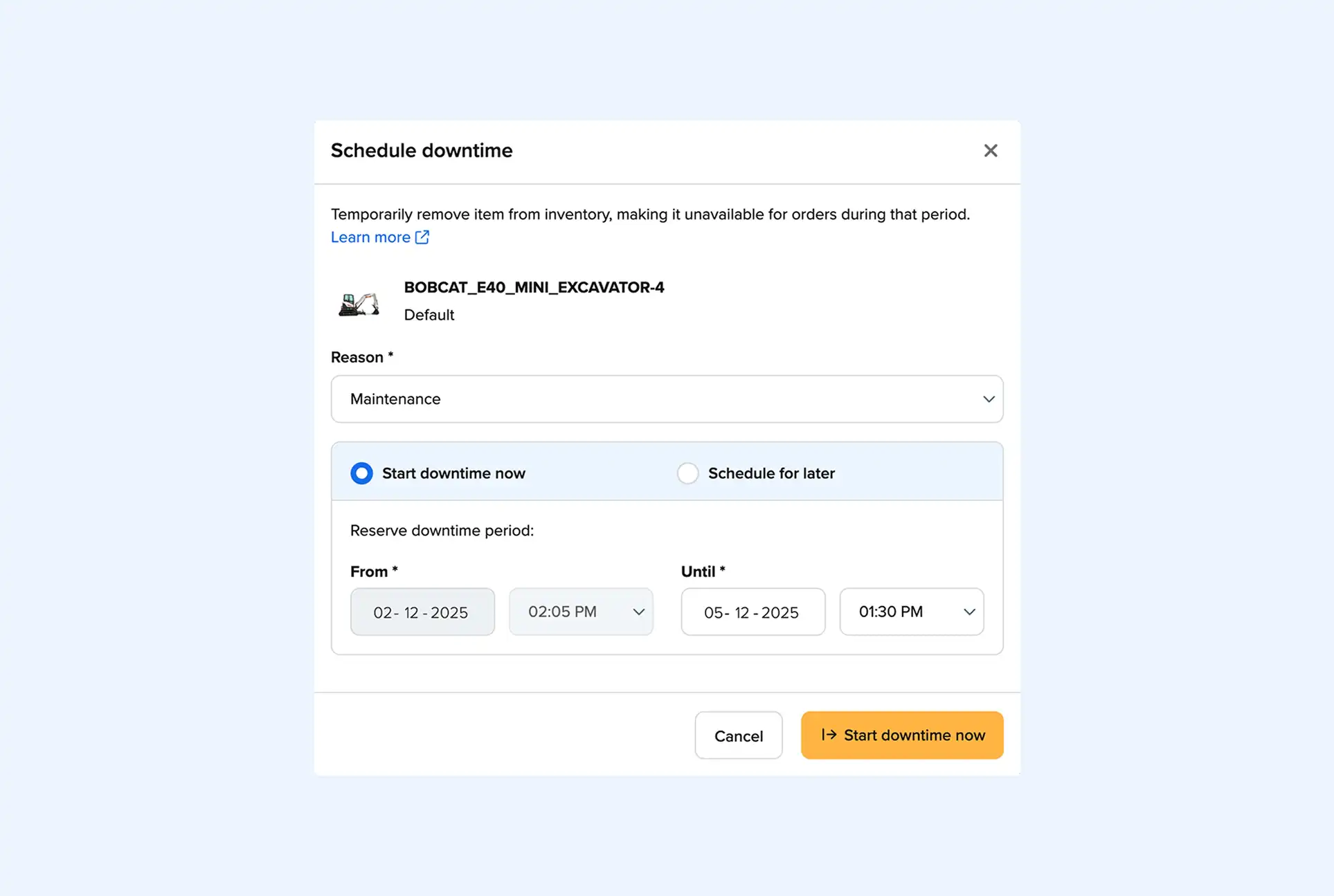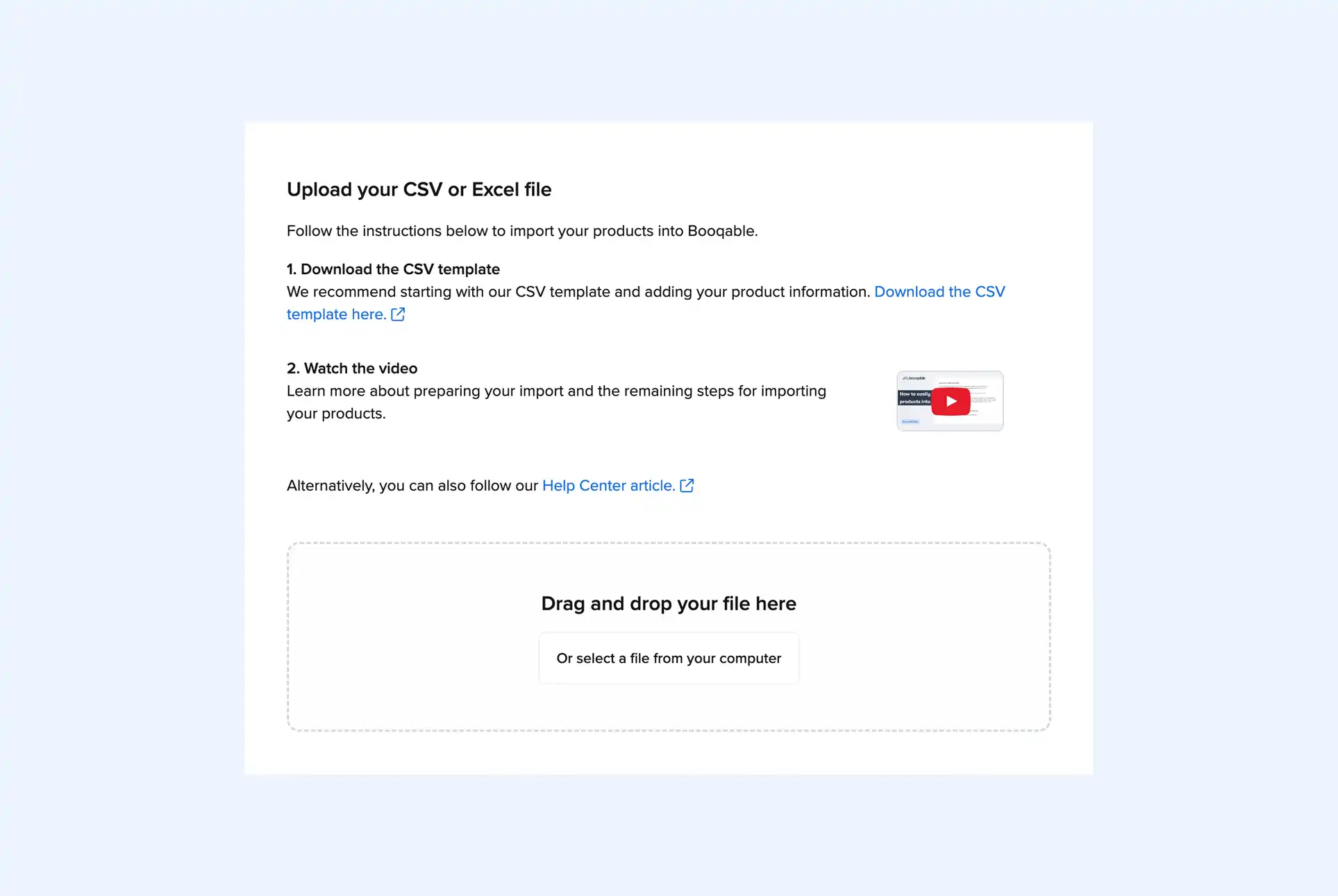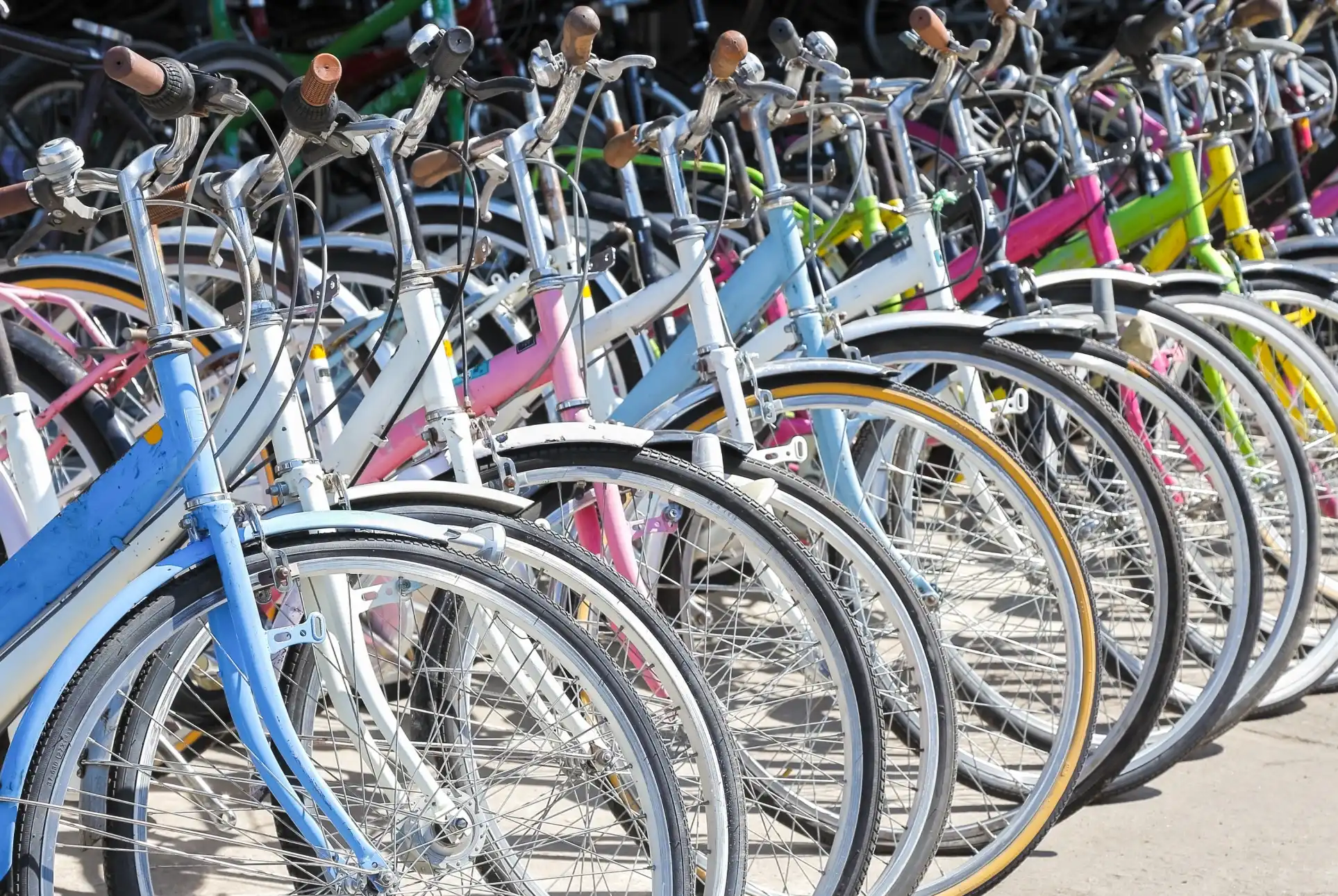Choosing the right inventory tracking system can make or break your rental business efficiency. This comprehensive guide compares QR codes and barcodes to help you select the optimal solution for your specific operation.
How QR codes work
QR (Quick Response) codes are matrix barcodes that store data in both horizontal and vertical patterns. Each code can hold up to 4,296 alphanumeric characters, making them ideal for detailed equipment information. Staff scan QR codes using smartphones or dedicated USB scanners to instantly access equipment data from your rental management system.
Adoption Insight: In the UK and Europe, approximately 86.66% of smartphone users have scanned a QR code at least once, and 36.4% scan one weekly, highlighting the growing comfort and ubiquity of QR code usage in everyday scenarios.
Benefits of QR code tracking
- More data capacity – QR codes are smaller, so their labels can hold much more data than a standard barcode, such as item descriptions, serial numbers, and rental rates.
- Resilience to minor damage – Unlike barcodes, QR codes remain scannable even when slightly damaged (e.g., a torn label).
- Mobile-friendly – QR codes can be scanned by most smartphones, eliminating the need for costly hardware and supporting efficient field operations.
Downsides of QR codes
- Camera quality matters – Lower resolution smartphone cameras or poor lighting conditions may hinder accurate scanning.
- Learning curve – Less tech-savvy users may initially find QR-based systems intimidating.
Start your rental business for just 29/month
Put your toes in the water and test the demand in your area with a rental website for just 29/month.
How Barcodes for tracking work
Barcodes use varying-width black lines and white spaces to encode numbers and letters that get interpreted into data. Common barcode types used for inventory tracking include Code 128, Code 93, UPC-A, and EAN-13 formats. Barcode scanner hardware or software is required to decode and read equipment data embedded in the barcode.
Benefits of barcode tracking
- Highly reliable – When printed and maintained correctly, barcode scanning accuracy is typically near-perfect.
- Batch scanning – Great for high-speed environments where scanning multiple items at once is essential.
- Proven tech – With decades of use, most employees are familiar with how barcode systems work.
Data Insight: Implementing barcode inventory systems can boost stock identification accuracy from 70% to 98%, leading to smoother operations and fewer inventory errors
Downsides of barcodes
- Hardware costs – Requires investment in handheld or stationary scanners.
- Damage sensitivity – If part of the code is unreadable, the whole scan may fail.
- Challenging on curves – Wide-format barcodes don’t perform well on curved or flexible surfaces.
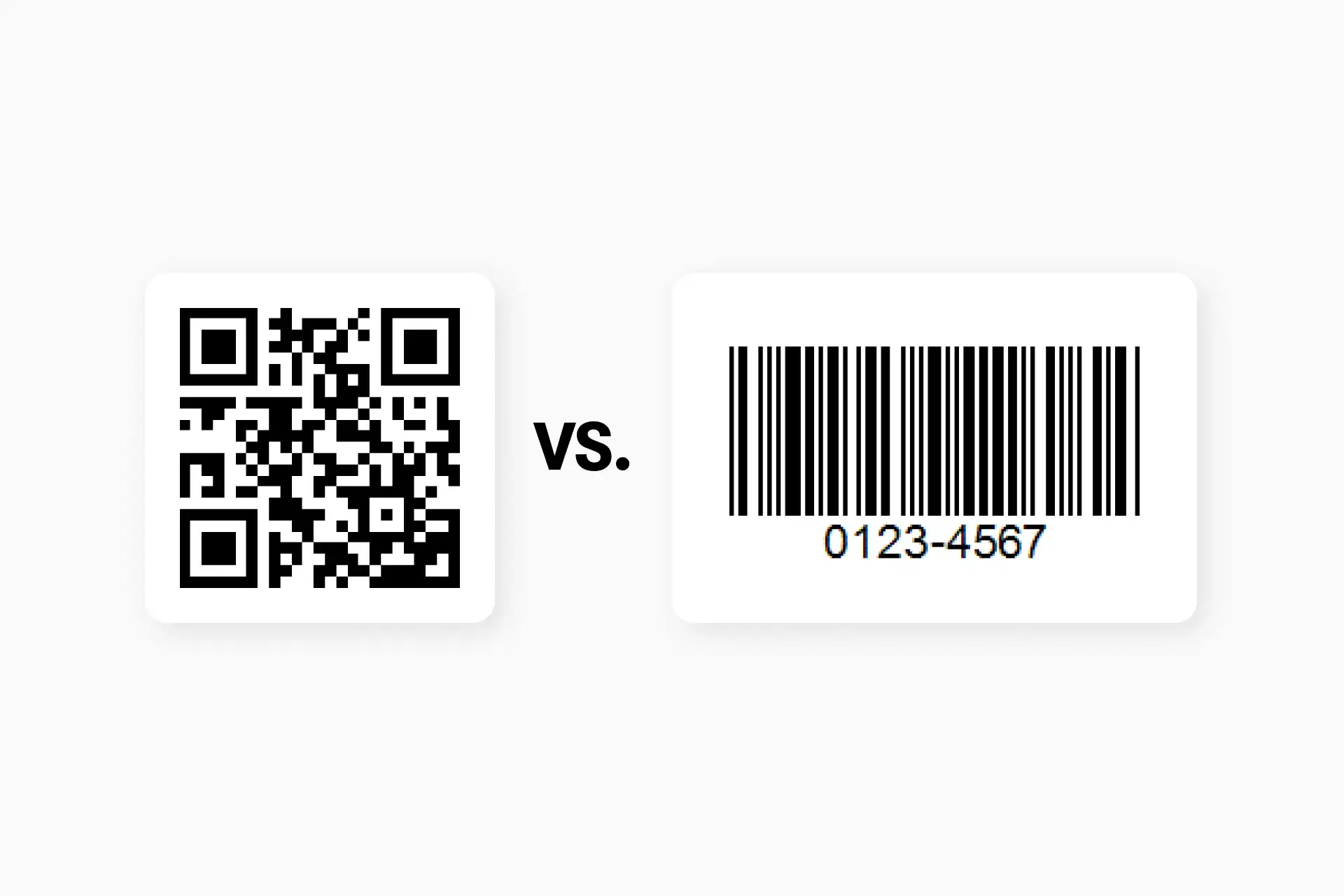
How to choose between QR codes and barcodes
When deciding between QR codes and barcodes for tracking rental inventory, consider these factors:
1. Integration with rental management software: Ensure your software supports seamless syncing with QR or barcode scanning.
2. Durability: QR codes can handle slight damage better, but barcodes on rugged labels might withstand outdoor environments longer.
3. Cost: QR codes are more cost-effective initially since they don’t require hardware purchases. Barcodes may involve higher upfront costs but can save time with batch scanning.
4. Security & control: QR codes are easier to replicate digitally, whereas barcodes provide a level of physical security through controlled distribution.
5. Scalability: If you’re growing quickly, QR codes offer better data density and scalability.
6. Training: QR codes are more intuitive for new users, especially when scanned via mobile devices.
7. Regulatory compliance: Some industries may require traceability that only barcodes currently support.
8. Customer transparency: QR codes enable customer-facing experiences such as item info access, which can enhance trust and usability in self-serve rental models.
Streamline your operations with barcodes
Start using barcodes with Booqable to improve inventory management and order processing.
QR Codes vs. barcodes
The QR code vs. barcode decision isn’t about choosing the “best” technology—it’s about selecting the right solution for your specific rental business context. Success depends on matching technology capabilities to operational requirements, growth plans, and customer needs.
Choose QR Codes if you have:
- Mobile-first operations with field staff
- Diverse inventory requiring detailed item information
- Limited budget for hardware purchases
- Self-service rental models
- Rapid growth plans
Choose Barcodes if you have:
- High-volume warehouse operations
- Need for ultra-fast batch scanning
- Harsh outdoor environments
- Regulatory compliance requirements
- Established scanning infrastructure
Remember that your tracking system should evolve with your business. Begin with the solution that addresses your most pressing current needs, but design your implementation to accommodate future growth and technology adoption.
The most successful rental businesses don’t just track their equipment—they use their tracking system as a competitive advantage to deliver superior customer service, operational efficiency, and business insights.
Most important takeaways
QR codes provide better mobile accessibility: QR codes can hold thousands of characters, enabling detailed tracking of inventory with information like item descriptions and serial numbers. Their compatibility with smartphones supports mobile-first and field-based operations without the need for dedicated scanning hardware.
Barcodes are more accurate in high-volume environments: Barcodes are highly accurate when printed properly and are ideal for batch scanning in fast-paced rental or warehouse settings. Their long history in inventory management also means staff are often already trained on their use.
Hardware investment and cost vary considerably: QR codes are more cost-effective upfront, as they can be scanned with smartphones. Barcode systems, while often requiring additional hardware like handheld scanners, may yield long-term efficiency gains in environments needing rapid throughput.
Durability factors influence performance: QR codes can tolerate minor damage and work well even on compact or irregular surfaces. Barcodes, while accurate, are more sensitive to damage and may fail if even part of the code is unreadable, making them less ideal for rugged or outdoor use.
Your choice should match business operations: QR codes are best for mobile operations, detailed tracking, and customer-facing models, especially when scaling quickly. Barcodes are preferable for regulated, high-volume, or physically demanding environments. The decision should reflect current workflows and future expansion plans.
